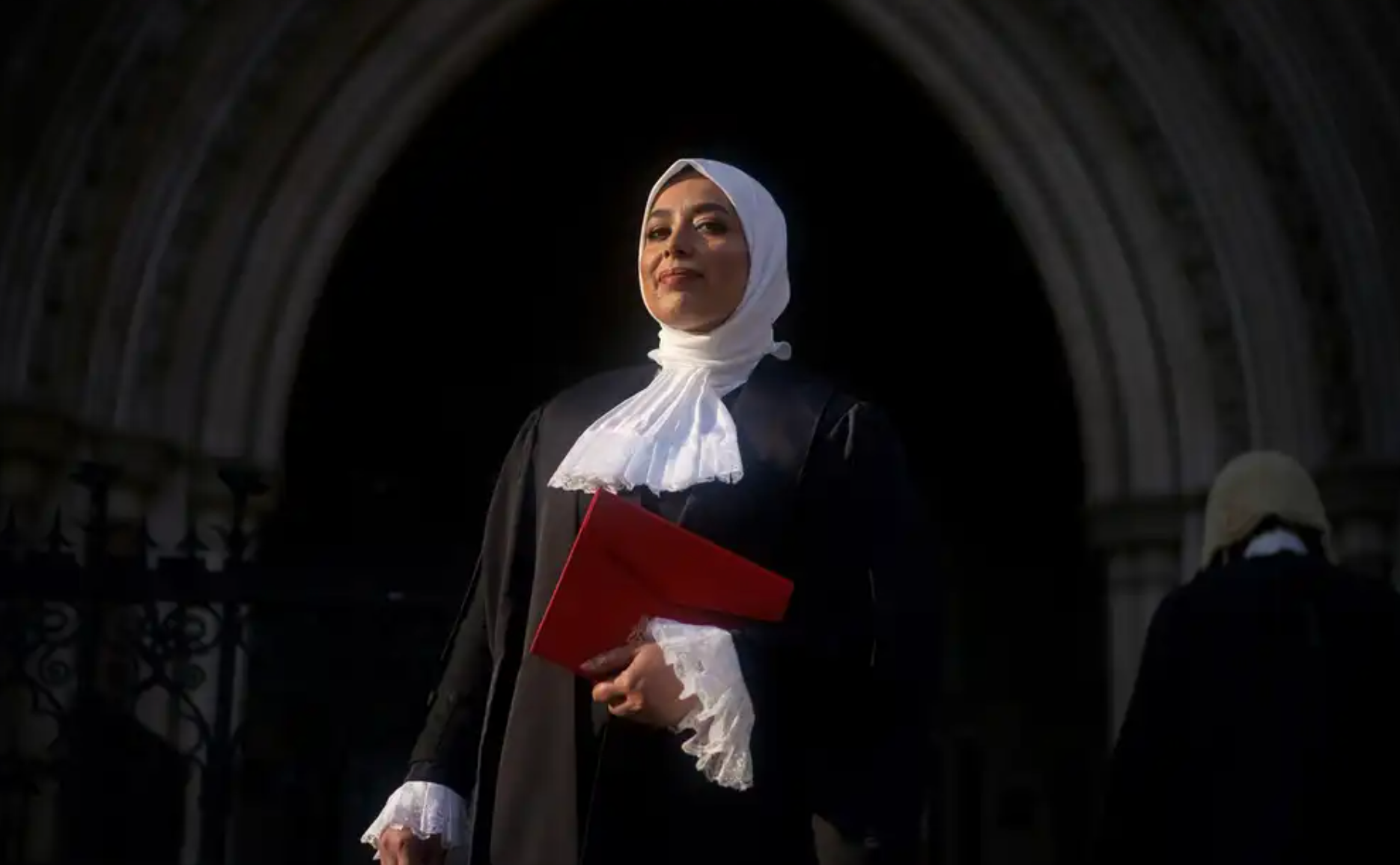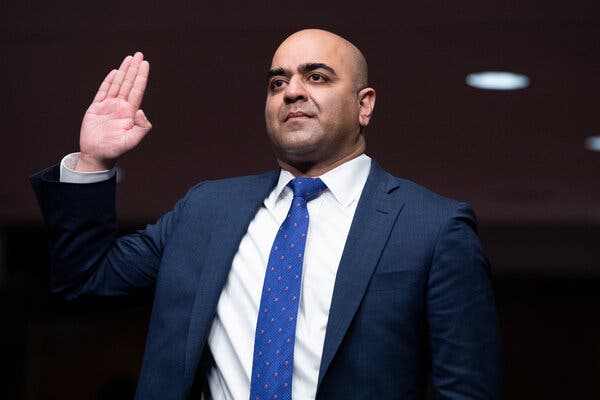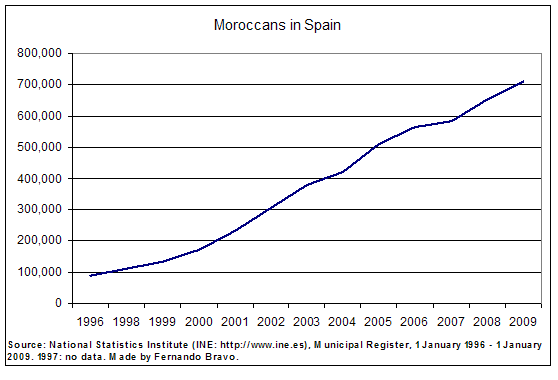Written by Simon Sorgenfrei
Demographics
The first Muslim immigrants came to Norway in the late 1960s looking for work. People primarily arrived from North Morocco and Turkish Anatolia, with large numbers coming from the province of Punjab in Pakistan as well. Muslims of Pakistani background is, and has been, the dominant and most visible Muslim group in Norway. The most notable deployments within the Pakistani-Muslims in Norway is between the Barelwis and the Deobandis. There is also a very active Tablighi group in Norway. The great number of Barelwis calls for a strong Sufi-oriented interpretation of Islam in Norway.
After a ban on labor migration in 1975, the Muslim population has been added to by family reunification and refugees. Today, according to Kari Vogt’s re-issued “classic” “Islam på Norsk” and Christine Jacobson’s account of Islam and Muslims in Norway in Göran Larsson’s (ed.) “Islam in the Nordic and Baltic Countries”, there are approximately 120,000 to 150,000 Muslims living in Norway.1 Of these, some 80,000 could be called practicing, religious, or organized Muslims.2 The largest ethnic-Muslim group in Norway is to be found among Pakistani immigrants (29 134), followed by Iraqis (22 881), Somalis (21 795), Bosniaks (15 649), and Iranians (15 134).3
About 80 percent are Sunni Muslims, and the Shi’ite minority is counted at approximately 20 percent.
For an through and updated account and bibliography of Islam and Muslims in Norway, see Oddbjörn Leirvik’s website:
http://folk.uio.no/leirvik/tekster/IslamiNorge.html
Labor Market
In the study of immigrants conditions on the Norwegian labor market, “Highly Educated Immigrants on the Norwegian Labour Market: Permanent Disadvantage?”, Idunn Brekke and Arne Mastekaasa concluded that:
the overall finding is one of a considerable immigrant–native gap in both employment and earnings. The immigrant–native gap is particularly large for recent immigrants, and declines sharply during the first years in Norway. After about eight years, however, further increases in residency have no effect. Keeping the time of residency effect constant, there is a quite clear tendency for earnings (but not employment) differences between male immigrants and natives to increase with time since graduation. For women, the most striking effect is a steady decline in immigrants’ probability of full time employment.4
Housing
The great majority of Norway’s Muslim population live in the capitol Oslo. Just as the rest of the immigrated population, Oslo’s Muslims mainly live in the east of the city.5 The second-largest town of Norway, Bergen, also has a Muslim population of some quantity, but compared to the Muslim population of Oslo the Muslims in Bergen has been quite anonymous until fairly recently when a conflict over prayer facilities and a new mosque attracted some media attention.6
State and Church
Norway has an established state church system, and about 83 percent of the total population are counted as members. Every religious community in Norway is entitled to the same amount of financial support per member as the state church receives for each of its members. The state church is a challenged institution and is up for revision. A commission investigating the question of the church-state relations – the Gjonnes Commission – has recommended that the current state church system should be put to an end.7
Muslims in Government
No academic research is currently available.
Muslim Organizations
Up until the 1990s the most common way of institutionalizing Islam in Norway was the establishment of mosques and organizations along national, linguistic, and doctrinal lines writes Jacobsen.8 In the 1990s a number of new organisations that recruited across these boundaries were established – some of whom had nationwide ambitions.9
The first Muslim umbrella organization – The Muslim Defence Committee – was established as a response to the Rushdie affair in 1989. That same year also witnessed the establishment of the Islamic Information Association, and in 1991 the Islamic Women’s Group of Norway as well as the Urtehagen Foundation, witch focuses on education and schooling, was both established. 1993 the Islamic Council of Norway – after an initiative from the Church of Norway – was established. In 2006 it gathered about 25 Muslim organizations throughout the country. In addition to these, two largely independent student and youth organizations was established in the 1990s. “The Muslim Student Organization (MSS) and the Muslim Youth of Norway (NMU), established in 1995 and 1996, marked the ‘coming of age’ of a new generation of Muslims born and raised in Norway.”10
There are two purpose built mosques in Oslo, both in the eastern parts of town. The first – the World Islamic Mission – was built by the Barelwis in 1995, and in 2007 the Barelwis also opened the Jamaat-e Ahl-e Sunnat Mosque near by. It is a multifunctional mosque that accommodates different financial, cultural, social, and financial activities. Most mosques in Norway, however, are located in flats, basements, old industrial buildings etc.11
Education
Leirvik (2002) gave the following account of the modern debate on religious education in Norway:
In the 1990s, the need was felt to restructure religious education in schools so as to provide an opportunity for mutual learning. A new system of religious education in primary and lower secondary schools was introduced in 1997. Until then, parents had three options as to religion in school: either (1) Christianity with a confessional, Lutheran basis, or (2) “worldviews” with a neutral or even secular flavour, or (3) no religious or life stance education in school. In principle, the faith communities could establish their own out of school religious education, with financial support from the authorities. Some mosques took advantage of the opportunity and were thus able to receive some financial support for their qur’anic schools (only for those Muslim children who opted out from religion in school).
From 1997, this has changed and all pupils are now supposed to take part in the new and compulsory subject “Christianity, Religions and Life Stances” (the Norwegian acronym is KRL, for “Kristendom, religion og livssynskunnskap”). No alternatives can longer be established. Full exemption is neither not possible, only so-called “partial exemption” from activities that parents might deem to run contrary to their own faith (i.e. reading prayers aloud, or participating in other worship-related activities). The Education Act presupposes that all religions are taught with the same pedagogical approach and treated on their own terms as “a living source of faith, morals and life interpretation”.
When first introduced, the KRL subject met with considerable suspicion and protest from the non-Christian minorities. Their apprehension had probably been raised by certain formulations in the general part of the curriculum (from 1993), which seem to refer to Christianity as the national bond: “Christian faith and tradition constitute a deep current in our history – a heritage that unites us as a people across religious persuasions”.
In the course of the process, some concessions were made to minority interest and resource persons from the minority communities (Muslims, Buddhists, secular humanists) were invited to contribute to the work on the curriculum.
The new curriculum implies that for the first time, all Norwegian pupils will receive a substantial amount of knowledge not only of Christianity but also of Islam and the other world religions, as well as of philosophy and more secular outlooks on life. Apart from ensuring that all pupils will have a good knowledge of the Christian tradition as well as of other religions and worldviews/life stances, the intention has been to open a space for dialogue training in an increasingly multireligious society.
Despite these good intentions, to which most parents and faith communities would probably subscribe, minority representatives initially saw the new subject as a just another way of reinforcing “the Christian cultural heritage” or “Christian and Humanist values”. Although several adjustments have been made to accommodate for minority interests, many minority representatives still struggle for the right to opt out of the new subject entirely, and – possibly – to organise alternatives as before. Both the Humanist Association and the Islamic Council brought the case to Norwegian courts in 1999. After their cases were turned down, the Humanist Association plans to bring it before the European Court in Strasbourg.
Many Muslims have taken to the streets to demonstrate against the new compulsory subject. They are still suspicious towards the original design of the subject (“Christianity plus”), and critical of the idea of a compulsory subject that is mainly Christian in quantitative terms. At the local level, however, the situation is often different, and many Muslim parents seem gradually to have become more positive towards the subject because of the inclusive way in which it is now being practised in many schools. The general principle of adjustment to local context makes it possible to put more emphasis on Islam in schools with many Muslims. It might thus be that the subject (with some further adjustments) may eventually become rather flexible and pluralistic in practice.
The case is replete with potentially wide-ranging consequences. Within say ten years, we will know whether a unified school system – including a uniform system of religious education – will survive the new pluralism in Norway, or whether people will organise themselves differently in order to ensure their freedom of religion.12
Islamic Education
The first application for a Muslim private school in Norway was presented by the Urtehagen Foundation to the Labour party government in 1995, but meet with a rejection. The same application was later approved by the Christian People’s Party in 1999 and after some debate, the first Muslim private school – Urtehagen friskole – was opened in 2001.13 However, the School closed due to internal conflicts in 2004. Trond Ali Linhagen – a Norwegian convert who established the Urtegahen Foundation in 1993 – didn’t give up and applied again to open a Muslim private school in Drammen in 2006. This time the application was denied by the left-wing government who stopped all new private schools after coming to power in 2005.
As for now there exists no Muslim private schools in Norway.
Security, Immigration and Anti-Terrorism Issues
One of the most debate Muslim individuals in Norway is and has been Mulla Krekar. Krekar, or Najmuddin Faraj Ahmad, is an Iraqi Kurd that has been living in Norway since 1991. Eveso he has not been granted Norwegian citizenship. Krekar is known as one of the founders and the original leader of the Kurdish Islamist group Ansar al-Islam. Since 2006 he has been on the UN terror list.
Late January 2010 Krekar’s home was attacked and his son in law was shot in the arm.14)
Islamic Practice
Up until the 1990s mosques and other Islamic milieus in Norway were generally male arenas. But in later years we can see how women are becoming more active and visible in Muslim activities – not the least as a result of the efforts of the Islamic Women’s Group of Norway (IKN).15
Media and Public Perception of Islam
In the essay, “Theory and Politics in Research on Muslim Immigrants in Norway”, Christine Jacobsen discusses how there was a change in Norwegian public debate from the “immigrant other” to the “Muslim other” in the 1990s.16
The Muslim presence creates a lot of attention and the tone in the Media is getting harsher. Muslims loyalty towards “Norwegian values” are being questioned, they are often accused of being violent and hostile, and the Muslims – as a collective – are talked about as enemies of freedom of speech.17 In an essay on Muslims in Norwegian media Kjersti Rogde Naess finds that Muslims are generally depicted as the Others, and the otherness of Muslim immigrants are depicted as something negative. Muslims are generally associated with criminality and other anti-social, or non-Norwegian behaviour, explained through their religious denomination, where Islam is being reified into a coherent system.18
Political and Intellectual Discourse
Even if there exists, according to Jacobsen (2009), a considerable body of “immigrant studies”, there is still little research into the various practical and institutional manifestations of the contemporary Islamic presence in Norway. The studies conducted, she continues, has mainly been from the field of religious studies “often emanating out of a concern with inter-religious dialogue” – or from the field of social sciences concerning themselves primarily with ethnic, social and economic dimensions of Muslim immigration. Even so, in later years it has become more common to “read across” this division “by investigating the religious dimensions of Muslim immigrants lives within the Norwegian sociocultural context.”19
Sources
Vogt 2008:9, Jacobsen 2009:18 ↩
Statistisk sentralbyrå, Innvandring, Vogt 2009:9 The largest ethnic Muslim gropu ↩
Statistisk sentralbyrå, 1. januar 2008. The figures presented here represents the total number of immigrants of the ethnic groups – not the number of Muslims within the groups. ↩
Brekke and Mastekaasa 2008 The study is available at http://wes.sagepub.com/cgi/reprint/22/3/507 See also: Hansen, M.N. (2000) ‘Høyere utdanning og utbytte – hva betyr utenlandsk opprinnelse for inntektsnivå’, Søkelys på arbeidsmarkedet 17(2): 223–34. and Longva, P. and Raaum, O. (2003) ‘Earnings Assimilation of Immigrants in Norway – a Reappraisal’, Journal of Population Economics 16(1): 77–193. ↩
Blom 2002 ↩
Jacobsen 2009:18f ↩
Jacobsen 2009: 29ff ↩
Jacobsen 2009:20 ↩
Jacobsen 2009:21 ↩
Jacobsen 2009:21, 23f, Vogt 2008: 74ff and especially Ch. 6 ↩
Naguib 2001, Vogt 2008: Ch. 1-2 ↩
Leirvik The current debate about religious education and freedom of religion in Norway, 2002 ↩
Berglund 2007, Leirvik The current debate about religious education and freedom of religion in Norway ↩
Verldens Gang (Norwegian) Nettavisen (Norwegian) Aftenposten (Norwegian) Aftenposten (Norwegian) Aftenposten (Norwegian) NRK (Norwegian) P4 (Norwegian) Adressa (Norwegian ↩
Jacobsen 2009:25 ↩
Jacobsen 2008 ↩
Vogt 2008:12 ↩
Naess 2005 ↩
Jaconsen 2009:19 ↩





